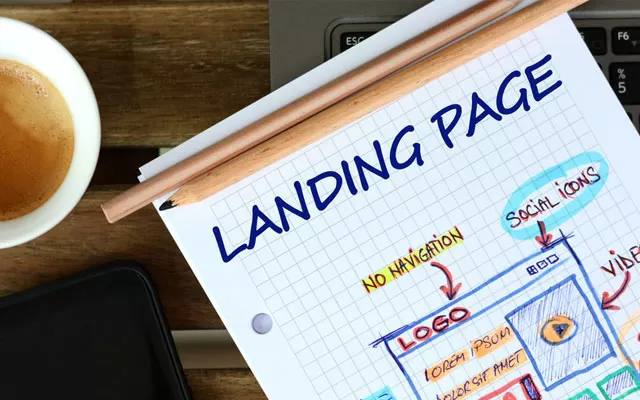Landing page experience refers to the experience users have on the page they are directed to after clicking on a relevant link from a search engine results page, advertisement or social media post.
The usefulness, clarity, and relevance of landing pages to keywords play a significant role in determining the landing page experience.
Improving Landing Page Experience
For a seamless and successful landing page experience, you can meet the following:
- The relevance of the ad and keywords should align with the landing page.
- Your landing pages should open quickly. To test how fast these pages open, you can easily use the Insights tool and test page speed here. If you can’t get enough speed on your page, you can start improving it by making various optimizations,
- Your landing pages should be comfortable for users to navigate and use, and they should be able to find everything they are looking for.
- You should avoid duplicate landing pages!
- You should clearly explain your products or services on the landing page!
- Avoid using unnecessary pop-ups on your page. Such applications will cause eye fatigue in users.
- The sub-heading and the main heading should be related to each other; you should include details in the sub-heading.
1- Landing Page Relevance
- Does the content match the proposed description? Users will find your URL somewhere on the Internet, such as a search engine results page, social media posts, banners, internal links, etc. through the people of the world. Is the description (ad content, link text, meta description, or any other form) relevant to what users find on your page? If the user is looking for features of Mercedes cars, they may not want to learn about other cars (other models) or the Mercedes E series (a specific model of the same brand). The degree of authenticity is a very important indicator of user satisfaction with the page.
- Audience needs: Trying to please everyone will probably lead to no one being satisfied, so you need to first decide who your target audience is and make sure your content fits their needs and interests.
2- Page Load Time
Page load time is an important component of the landing page experience. A long loading time can cause users to leave your page before it fully loads.
Ease of Navigation on the Page
There are two different ways to navigate: from inside your page and through your website! Since mobile visitors are a significant portion of visitors, you need to think about desktop and mobile browsing as separate issues. None of them should overshadow the others.
4- Content Uniqueness
Except for users who are completely unfamiliar with the topic, your visitors take some experiences and expectations from your page based on previously visited pages. You can delight your users if you go beyond their expectations. The uniqueness of the content is one of the biggest solutions to this challenge.
5- Page Freshness
No one wants to read old content (except historical researchers, of course). Page freshness can be evaluated from two different perspectives:
- Freshness of content: Let’s say there is a content that lists the latest books on content marketing, but the most recent book on the list is from 2010. This will absolutely ruin your experience. Therefore, providing the user with the most up-to-date information on the topic will be an important aspect of freshness.
- Freshness of context: A definition you are looking for may not necessarily be current. For example, you wanted to access content about a known law of physics. This contextual information may be decades old. In this case, you can give your content an up-to-date context by referring to various recent scientific studies that show that the article is new
6- Time on Page
All the above factors affect the length of stay in one way or another. So, you can think of length of stay as a dependent variable, not an independent variable. However, in addition to all the factors mentioned above, the length of the content can affect dwell time, and considering dwell time as an indicator of the landing page experience seems reasonable.
7-Page Structure
The use of H1 and H2 tags and bulleted lists and bold fonts and graphics are important to get better SEO scores. Beyond that, the enhanced reading experience provides more dwell time and reduces bounce rate, and the Google learning machine automatically learns that you are the right solution for the user query.
To achieve a good Google Ads landing page experience and be successful, start implementing the above points!

